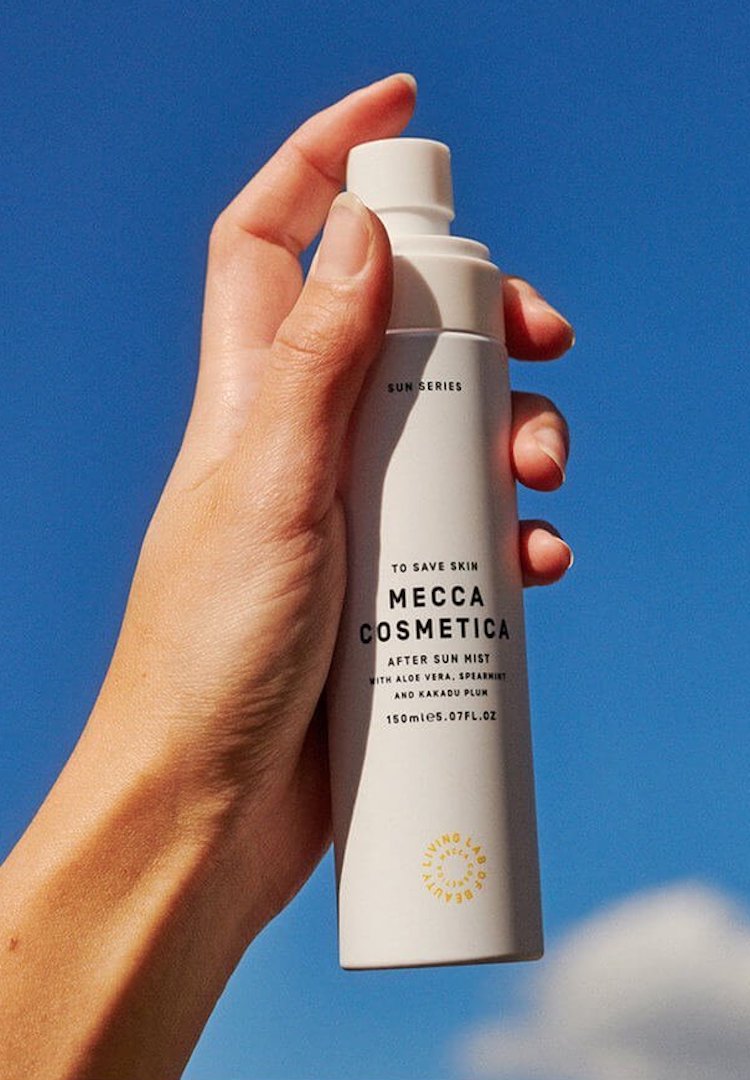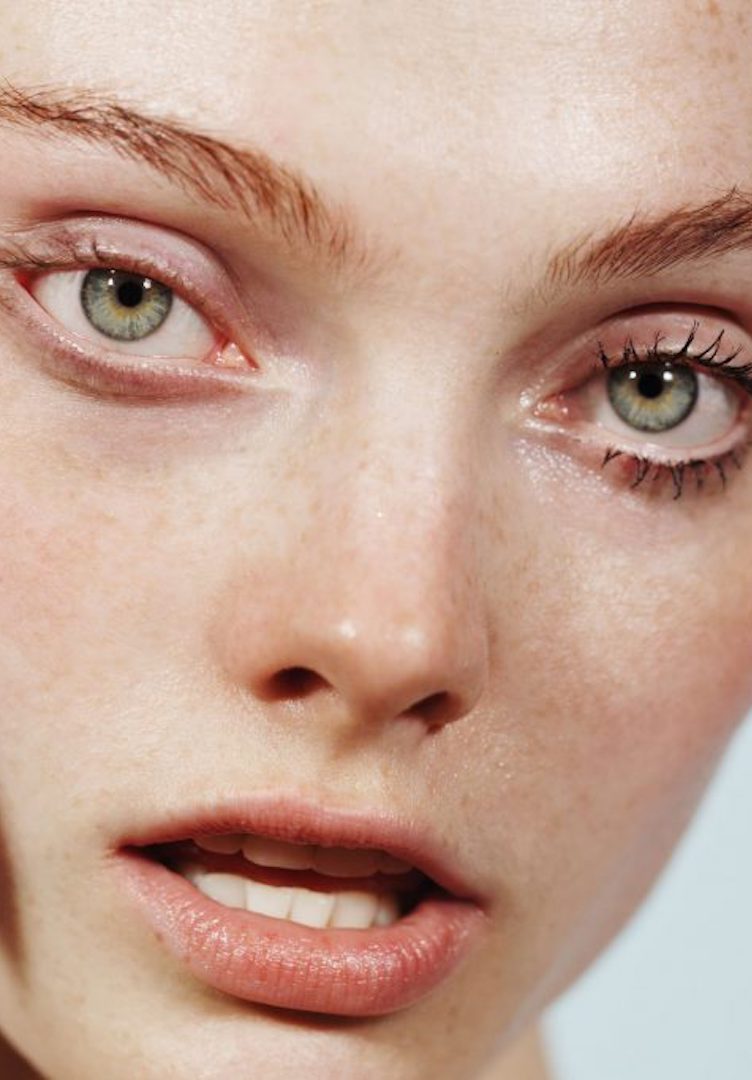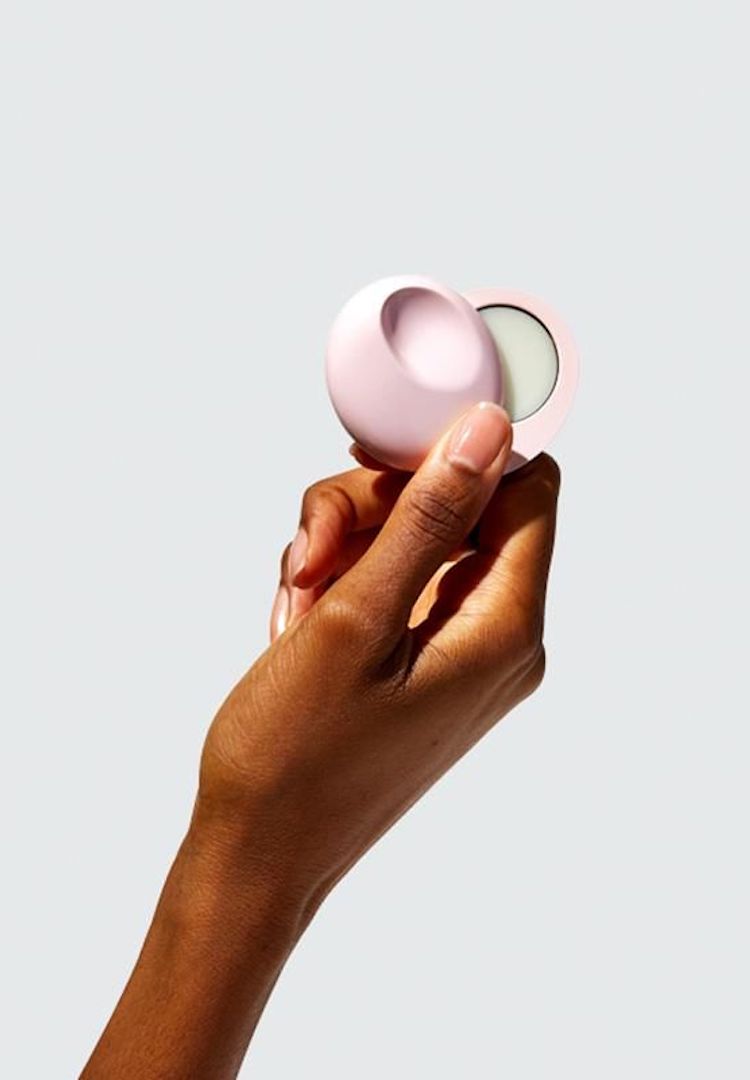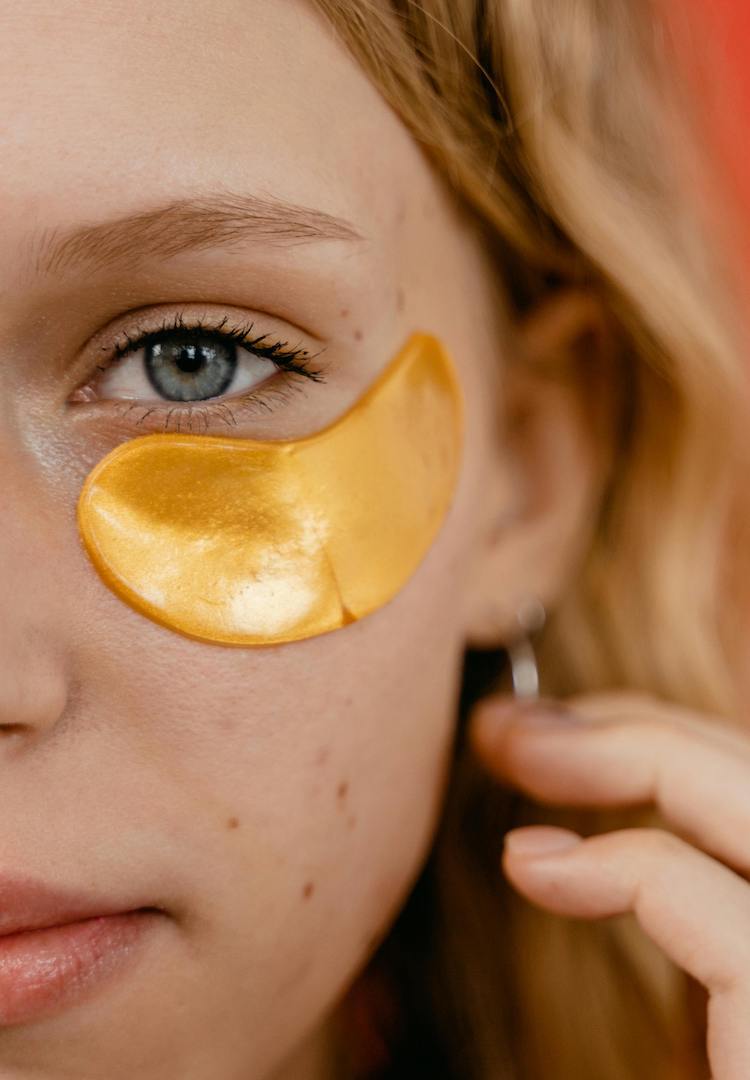What is milia and how can I get rid of it?
IMAGE VIA GLOSSIER
WORDS BY TESS FISHER
Why you shouldn’t squeeze those little white bumps on your face.
Have you ever seen little white pearly dots around your eyes, upper cheeks, eyelids or forehead? You squeeze and squeeze and nothing happens, except red skin for days.
We like nosy people. Don’t be shy, head to our Beauty section for more.
If you’ve ever been there, it’s likely you’ve had something called milia. I spoke to two skin experts to get the 411 on milia – what it is, how to fix it, and what not to do.
So what are milia?
The first piece of good news is that milia aren’t dangerous or painful. The thing that’s probably bothering you is just the way they look. To find out more, I spoke with Sara Quilter, founder of New Zealand beauty brand Tailor Skincare, who has spent the last ten years developing natural products after combating her own skin issues.
“Milia are small white bumps of trapped dead skin cells close to the surface of the skin. Milia are common in newborns but also can occur in adult skin.” I also asked Gry Tømte, owner of skin clinic Hüd Skin and a paramedical skin clinician with fifteen years of experience, about these pesky white spots. “They’re actually little cysts made up of keratin (dead cell material) and oil that hasn’t been broken down, sitting just under the skin,” explains Tømte.
So what causes milia?
The next reassuring thing about milia? They aren’t contagious. “Milia occurs when the sweat ducts or pores on the skin become blocked,” explains Quilter. “This can be caused by a variety of factors, including skincare: laser treatments; chemical peels; the overuse of heavy oil-based creams and products that do not adequately penetrate the skin. Other contributing causes include lack of sleep, poor personal hygiene and long-term steroid use.”
Tømte lets me know there are five different kinds of milia: primary, secondary, neonatal, milia en plaque and multiple eruptive milia. We talk about the most common form for adults – secondary milia.
“The cause of this annoying condition is ultimately… wait for it… a lack of water,” says Tømte. So doesn’t that mean you can just drink more water and exfoliate? Not exactly. Tømte explains why your skin may not be getting the hydration it needs.
Constant over-exfoliation
“Even though exfoliation is necessary to break down those dead keratin cells, over-exfoliation will actually do the opposite! When you remove the acid mantle (the protective layer of oil and water) you end up slowing down the natural desquamation process (or exfoliation process, in layman’s terms). It leads to a loss of water, which, as we know, is what creates the problem in the first place.”
Essential fatty acid deficiency
“Essential fatty acids (EFAs) are like a coating around your cells that makes them hold onto water and maintain a healthy desquamation (exfoliation) process. If you’re lacking EFAs, you could drink three litres a day and your skin will hold onto very little of that!”
Using a thick moisturiser with skin-incompatible ingredients or poor quality emulsifiers
“In heavy moisturisers – including a lot of supermarket creams – the fatty acid, cholesterol and keratin can’t be broken down because the product is too thick. This creates little hard balls instead of normal skin.
“Often this happens around the eyes, because that area is thinner and has fewer oil glands. So a thick, heavy moisturiser will just sit on the surface and not absorb into the skin’s bi-layers.” Tømte notes that other causes, like burns or skin trauma, can also produce milia during the healing process.
What should you do if you have milia?
“The good news is that milia may just disappear on their own,” says Quilter. “As a start, you should hold back on the use of heavy oil-based creams and opt for a water-based hydrating gel like Tailor Hydrate. Take a break from the harsh chemical peels and opt for a more gentle form of exfoliation like a detoxing scrub like Tailor Polish. Plus a review of those fast-paced lifestyle factors can always help too.”
Tømte notes that we don’t want to just remove milia, we want to also treat the cause. To fix this issue once and for all, here is Tømte’s suggested plan of attack:
At home:
- Start taking a good quality EFA supplement, like DMK’s EFA Ultra (containing Omega three, six, seven and nine) to help your skin produce ceramides (aka emulsifiers – the things that help oil and water mix).
- Look for products with ‘humectants’ (a moisturising agent), such as Beta Gel.
- Make sure the products in your skincare routine are the perfect balance of oil and water. Tømte achieves this by combining DMK’s Bio Identical Lipid Rich Creams with Herb and Mineral Mist.
- Use a dedicated, light eye cream that has molecular-sized ingredients designed to be absorbed by the sensitive area.
- Embrace Vitamin A – it regulates cell turnover, which will stop skin from getting stuck in oil in the first place.
- Drink plenty of water.
In clinic:
- Book in for enzyme therapy treatments that balance your skin’s water and oil content and ‘wake up’ enzymes that are active in the natural exfoliation process.
- Consider Lamprope/Diathermy, a process that uses a small radiofrequency probe to quickly and painlessly ‘denature’ the cysts and dissolve them.
- Enquire about professional extraction with a lancet.
What not to do
The number one advice from both experts? DON’T SQUEEZE. “It’s so tempting to squeeze these little whiteheads as they can look a little like a pimple,” says Quilter. But, she warns, this will lead to a ‘snowball effect’ and can exacerbate other issues, tear the skin, and potentially cause infection and scarring. Typically, a pimple will be pussy and inflamed, whereas milia won’t be painful. If in doubt, leave it alone!
“Don’t squeeze. Don’t poke a hole. Don’t do anything by yourself! DIY is never a good idea,” says Tømte. “The skin covering milia is thicker than a pimple, so picking will most likely be unfruitful, and lead to scarring.
“Don’t think they’ll go away with micro dermabrasions or harsh peels,” Tømte continues. “Your skin needs a good balance of oil and water – when you use these methods your barrier gets further compromised and you lose that water.
“Don’t use a thick moisturiser for your eyes, no matter how dry they are. Use a dedicated eye cream, as they’ll have the right molecular weight needed to absorb into the delicate eye area.”
And Tømte’s top advice – which I think can really be applied to most parts of life – is“Don’t freak out!” It’s easily fixed. “Usually, starting on EFAs and getting the right moisturiser, they’ll just either disappear on their own, slide on out during a professional extraction or during diathermy.” So keep calm, and don’t squeeze!
For more tips on how to treat milia, try this.










